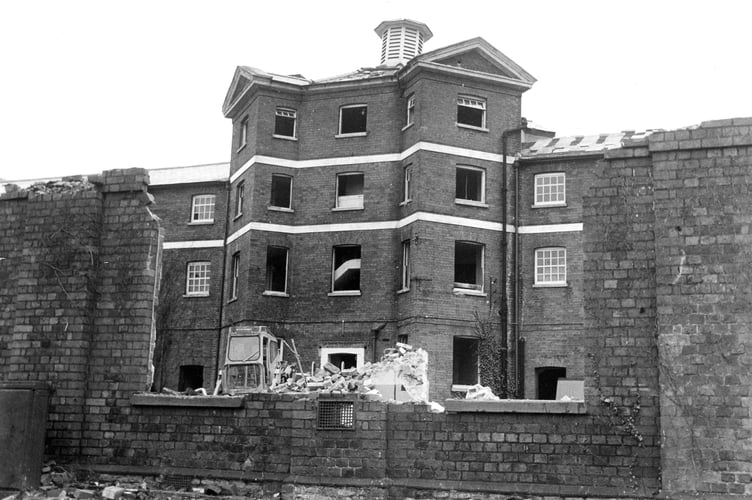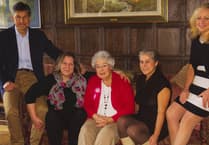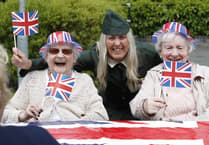“IT IS Christmas Day in the workhouse, and the cold, bare walls are bright. With garlands of green and holly, and the place is a pleasant sight: for with clear-washed hands and faces in a long and hungry line, the paupers sit at the tables, for this is the hour that they dine.”
So says the first verse of a monologue written by George R Sims in 1879. But what was it really like in a workhouse at Christmas? Peeps into the Past looks back.
In Victorian times, local newspapers regularly reported the joyful scenes at their local workhouse on Christmas Day.
A workhouse was usually a grim place, with a harsh and monotonous regime for paupers, the sick and the elderly who could not support themselves.
Workhouses of that era were formed by a number of parishes coming together and building one large “union” workhouse.
People who had fallen on hard times would go into the workhouse of the parish in which they lived.
Woking’s parishes were part of those of the Guildford Union Workhouse.
It would have been a long walk to the imposing workhouse buildings off Warren Road, on the edge of Guildford town centre.
A newspaper report of Christmas Day in that workhouse in the early 1900s stated: “Thanks to the kindness of numerous sympathetic friends, the inmates, who numbered 414, were enabled to partake in the joys of Christmas.
“After breakfast, pipes and tobacco were distributed to the men. The dinner was served in the dining hall at 1pm, and consisted of beef, mutton and pork, with vegetables and plum pudding, there being also a plentiful supply of beer and mineral waters.
“Beef tea was provided for those in the infirmary unable to partake in the above substantial fare.
“In the afternoon, the inmates enjoyed themselves in their respective wards, and music was provided in the infirmary.”

Other institutions also made great efforts at Christmas time.
Peeps researcher Mark Coxhead has found a report of the festivities in 1922 at the two homes in Pyrford that cared for disabled children.
The homes became the Rowley Bristow Hospital.
The News & Mail of 28 December that year reported that on Christmas Day at the St Nicholas’ Home, there was Holy Communion followed by a carol service.
At noon, dinner was served to some of the children in a ward. Youngsters in the open-air hut “had an equally good time”. Tea, with cakes, was served at 3.30pm. Afterwards, Father Christmas paid the children a visit with a sleigh laden with presents. A pantomime, produced and acted entirely by members of staff, was staged.
At St Martin’s Home, “an excellent dinner of roast beef, Christmas pudding and mince pies was provided”.
Parcels sent by the fundraising Children’s Union were distributed, including a stocking five feet long containing five presents for each of the 40 boys.
In the afternoon, the vicar of Pyrford, the Rev C Hamilton, visited.
The report added: “On Boxing Day, two football matches by the seniors and juniors were played against the village teams, and it is interesting to note that although the boys are crippled, they have played eight games this season, winning six and losing two.”
* IF you have memories or old pictures relating to the Woking area and its people which you would like to contribute to this column, call David Rose on 01483 838960, or write to the News & Mail.


.jpeg?width=209&height=140&crop=209:145,smart&quality=75)


Comments
This article has no comments yet. Be the first to leave a comment.